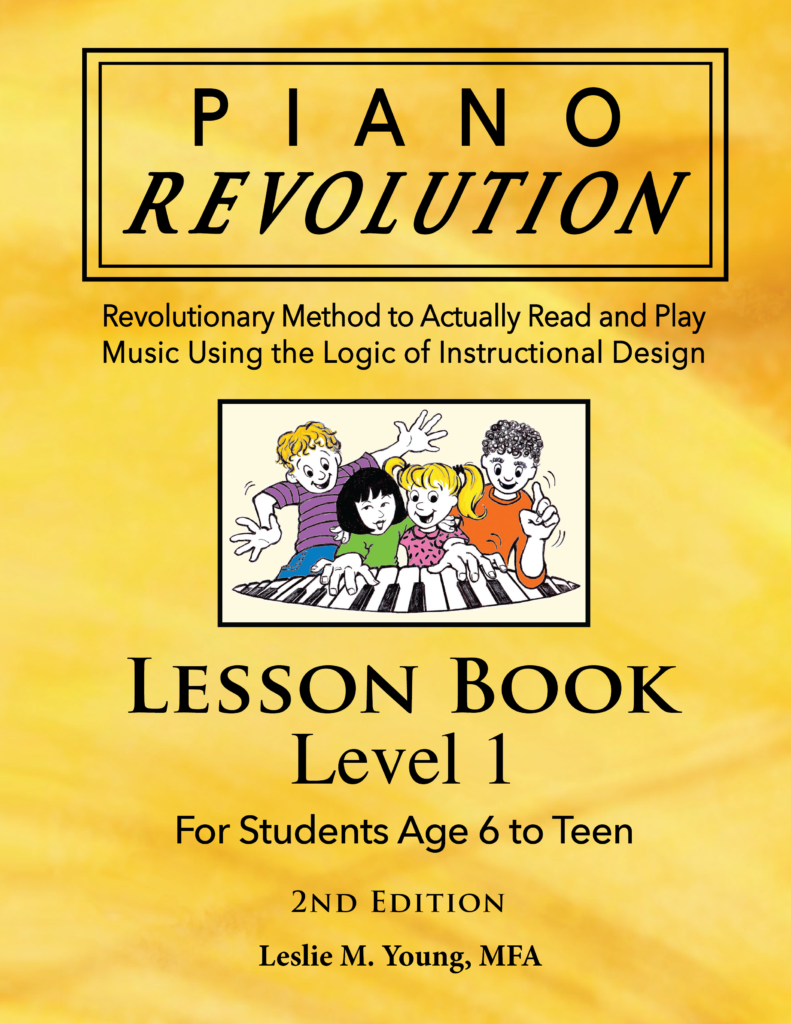Effect of Music in the Body: Bizarre Way to Jumpstart Music Writing Creativity
This bit of research started with the effect of music in the body; specifically, the effects of music exposure on the release of biochemical messengers – like the peptides in the February 19 blog. If the influence of music on the body’s messengers can be understood, it would be important in explaining resulting human behavior from these interactions.
Music draws out emotions, positive or otherwise; relieves stress, and can affect the immune system. It’s such an amazing mind-body connection between music and biological responses and needs much more research. Here’s a more thorough study if you want details.
The Brain “Digests” Music
The effects of drugs on the human body and emotions could in some cases be replaced by music selections with no resulting debilitating effects caused by medications.
While the brain “digests” music, biochemical reactions start to happen within the body. Similar to the effects of a food or a drug, music can play a role in turning on those pleasure-seeking areas of the brain that react to “fun stuff”. Using music to improve the well-being of a person could be much preferred over food or drugs. This is a powerful benefit of the effect of music in the body.
Anxiety and stress can be measurably lowered when listening to specifically relaxing music. Music may be as effective as some supplements, for example, to help quit the smoking habit.
Less Stress Improves Health
More and more US adults are dealing with stress, which can lead to mental and physical health problems.
Consider how your own favorite music can reduce stress, give you a “high” and increase energy and work productivity – or just make you feel better. As equally powerful, some music can bring on scary chills and a rise in blood pressure and heart rate or make the mood depressive. Personally, I think it’s very important to choose carefully the music, visuals, movies . . . that I encounter so that my brain and emotions are where I want them to be.
THINK-UNLIMITED-LLC
So, this is wildly thinking outside the box. A few years ago, MIT researchers took the molecular structures of proteins and represented them as sounds that could be heard – and changed them into new sounds that created new proteins – never seen in nature! The physical properties of the molecules determined the specific sounds – based on the actual vibration frequencies of each particular molecule. The result was then transposed into the audible range for human ears.
The system was developed by Markus Buehler, the McAfee Professor of Engineering and head of the Department of Civil and Environmental Engineering at MIT, along with postdoc Chi Hua Yu.
Buehler: A Molecule Is Not Static
“It’s moving and vibrating. Every bit of matter is a set of vibrations. And we can use this concept as a way of describing matter.”
https://news.mit.edu/2019/translating-proteins-music-0626
So What . . .?
So what could be a benefit of making variations of existing proteins? One substance that was altered was spider silk. It’s naturally already stronger than steel. Imagine the applications of having spider silk even stronger . . .
Buehler’s team also created musical pieces
entirely from the sounds of amino acids,
which make up a very unique auditory scale of twenty tones!
Here’s quite a variety of samplings. If the first few seconds don’t grab your attention, give it a little more time to “develop” and expand. And remember, there are no synthetic or natural instruments used – what you hear is a new source of sounds, according to Buehler.
You may find them chilling, soothing, interesting, abstractly pleasant, or just plain weird – but could this be useful in the actual creation process of music? The “blank canvas” is so . . . blank; listening to this unconventional collection of sounds could actually get the creative juices flowing – or at least started!
PIANOREV-UNLIMITED
With the Piano Revolution books, students start on Center F in just the right hand. Center F is the bottom space on the treble clef. There are no hand positions, but the student orients on this F key because it’s under the piano brand name and easy to locate using the closest group of three black keys.
PIANO Revolution is an easy way to learn piano because students . . .
- Orient on the staff using treble space F to identify spaces first
(later use spaces to identify lines) - Orient on the piano using the treble space F key by
locating the center three black key group - Use the space notes/keys to find the line notes/keys
- Spend more time actually learning notes; use no hand positions that become crutches
- Must name the note as its key is played
- Learn the right and left hand clefs separately, THEN play together
- Build confidence by methodically increasing one skill at a time
- Learn early to play by touch
Leslie Young is the author/composer of Piano Revolution. She co-founded a K-12th grade charter school in Texas and has been a piano teacher for about 40 years. She has had experience teaching a variety of students tackling piano for the first time or as returning students.
She states: “In teaching piano to students of varying ages, what also varies is a commitment of time and the amount of dedication. Children of certain ages may do very well with a parent as teacher; others may need someone who is not family to instruct them. Some older children and adults prefer to make progress on their own, and Piano Revolution is designed to act as a meticulous guide through new material. Some adults and teens insist on professional teachers, which also encourages continuity. Because these books are self-explanatory, a new or experienced professional teacher will have no trouble using the Piano Revolution books with students. It’s an easy way to learn piano.”
Leslie believes that “learning to play the piano is more about diligence and perseverance” – but would add that just as critical to success is the method that is used, the encouragement of critical thinking, and the instructional principles that promote immediate success.
What Would the First Lesson for a Young Student Look Like?
What Would the First Lesson for a 6 to Teen Look Like (video)?
View sample pages of all the books for students
ages 6 to teen:
View sample pages of all the books for students
4 to 5 years old:
View sample pages of all the books for older
teens and adults:










